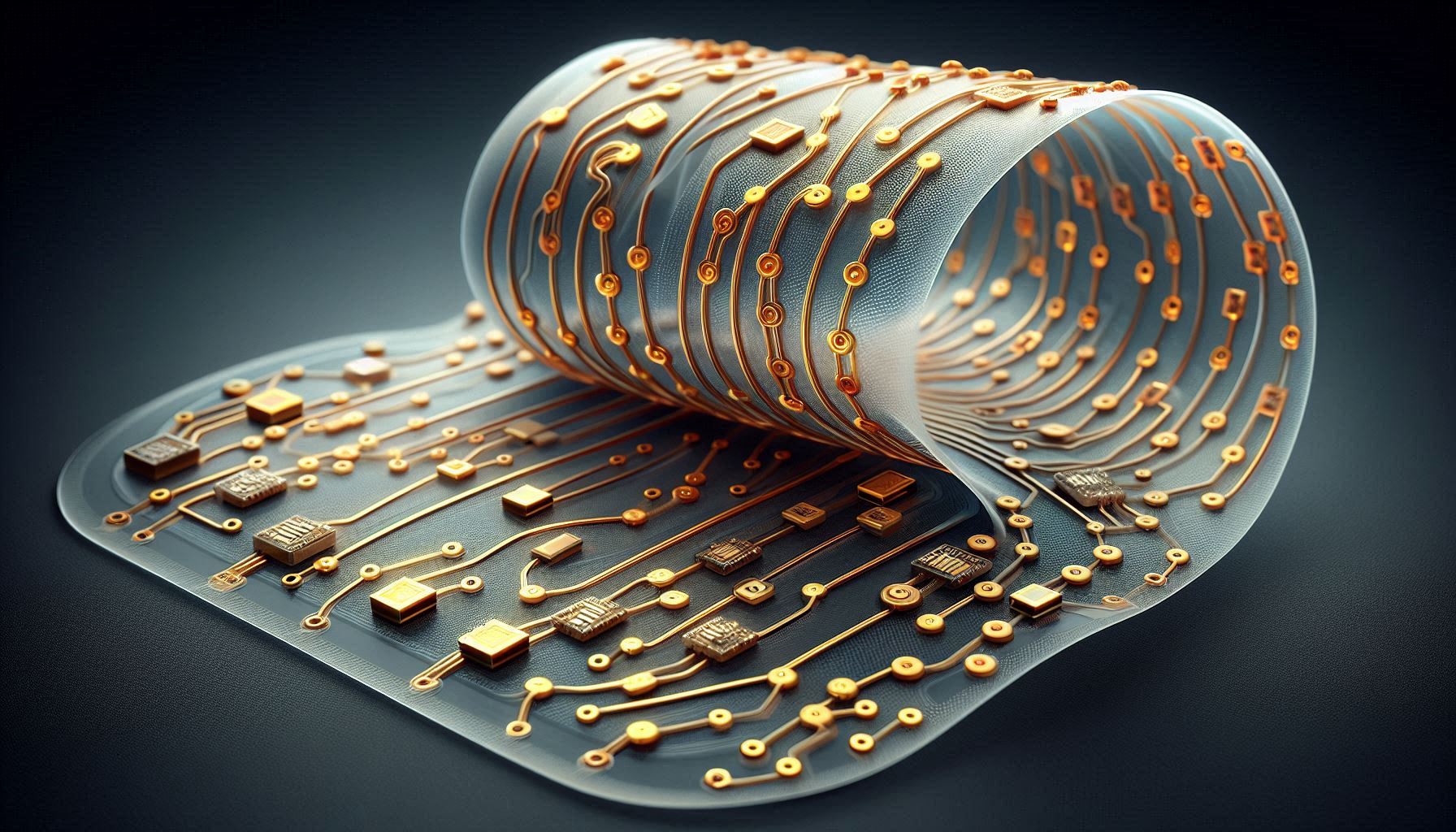Sericin in Electronic Circuits
Silk sericin, a natural protein derived from silkworms, has gained significant attention for its potential applications in electronic circuits. This blog explores the discoveries, uses, and potential for building electronic circuits using sericin, highlighting its unique properties and advantages.
Introduction to Sericin
Sericin is a hydrophilic protein that acts as a natural adhesive, binding the two fibroin filaments in silk threads. It is primarily composed of amino acids with polar side groups, which contribute to its solubility and ability to form stable films and coatings. These properties make sericin an attractive material for various industrial applications, including electronics[2][4].
Discoveries in Sericin-Based Electronics
Recent advancements in electronic materials have highlighted the potential of sericin in developing environmentally friendly and biodegradable electronic devices. Researchers have successfully integrated sericin into conductive silk composites, creating materials suitable for transient electronics. These devices are designed to degrade safely after use, reducing electronic waste and offering a sustainable alternative to conventional electronics[3].
One notable discovery is the use of sericin in bio-memristors, which are electronic components that mimic the synaptic functions of the human brain. These sericin-based devices demonstrate threshold-switching behavior, low set voltage, and good cycle-to-cycle uniformity, making them promising candidates for neuromorphic computing applications[6].
Applications of Sericin in Electronic Circuits
- Transient Electronics: Sericin’s biodegradability and biocompatibility make it ideal for transient electronic devices, which are intended to dissolve or degrade after their functional life. These devices can be used in medical implants, environmental sensors, and other applications where temporary functionality is desired[3].
- Flexible Wearable Sensors: Sericin’s adhesive properties and ability to improve electrical conductivity have been utilized in the development of flexible sensors. These sensors can be integrated into textiles, providing strain sensing and electromagnetic shielding capabilities[7][8].
- Bio-Memristors: As mentioned, sericin-based bio-memristors are being explored for their potential in neuromorphic computing, which seeks to replicate the neural architecture of the human brain in electronic circuits. This application could revolutionize computing by enabling more efficient and powerful data processing[6].
Building Sericin-Based Electronic Circuits
To build electronic circuits using sericin, researchers typically follow these steps:
- Material Preparation: Sericin is extracted from silk cocoons and purified. It can be combined with other materials, such as fibroin, to enhance its mechanical and electrical properties[4].
- Composite Formation: Sericin is mixed with conductive materials, such as tungsten microparticles, to create conductive composites. These composites can be molded into films or coatings suitable for electronic applications[3].
- Device Fabrication: The sericin-based composites are integrated into electronic devices, such as sensors or memristors, using standard fabrication techniques. These devices are then tested for performance and reliability[6].
Conclusion
The use of sericin in electronic circuits offers a promising avenue for developing sustainable and innovative technologies. Its unique properties make it an ideal material for transient electronics, flexible sensors, and neuromorphic devices. As a leading supplier of high-quality sericin, Serione is at the forefront of this exciting field, providing the materials needed to drive these advancements. Contact us today to learn more about how our sericin products can enhance your electronic applications.
Citations:
[1] https://www.mdpi.com/1422-0067/24/5/4951
[2] https://www.ncbi.nlm.nih.gov/pmc/articles/PMC5124675/
[3] https://figshare.com/collections/Silk_Fibroin_Sericin_and_Conductive_Silk_Composites_for_Skin-Attachable_Transient_Electronics/7091904
[4] https://www.mdpi.com/2073-4360/14/22/4931
[5] https://www.sciencedirect.com/science/article/abs/pii/S0168365922007635
[6] https://www.researchgate.net/publication/368977328_Demonstration_of_electronic_synapses_using_sericin_based_bio-memristor?_fam=1
[7] https://www.researchgate.net/publication/352404158_Silk_Sericin_As_a_Green_Adhesive_to_Fabricate_a_Textile_Strain_Sensor_with_Excellent_Electromagnetic_Shielding_Performance
[8] https://www.sciencedirect.com/topics/biochemistry-genetics-and-molecular-biology/sericin







